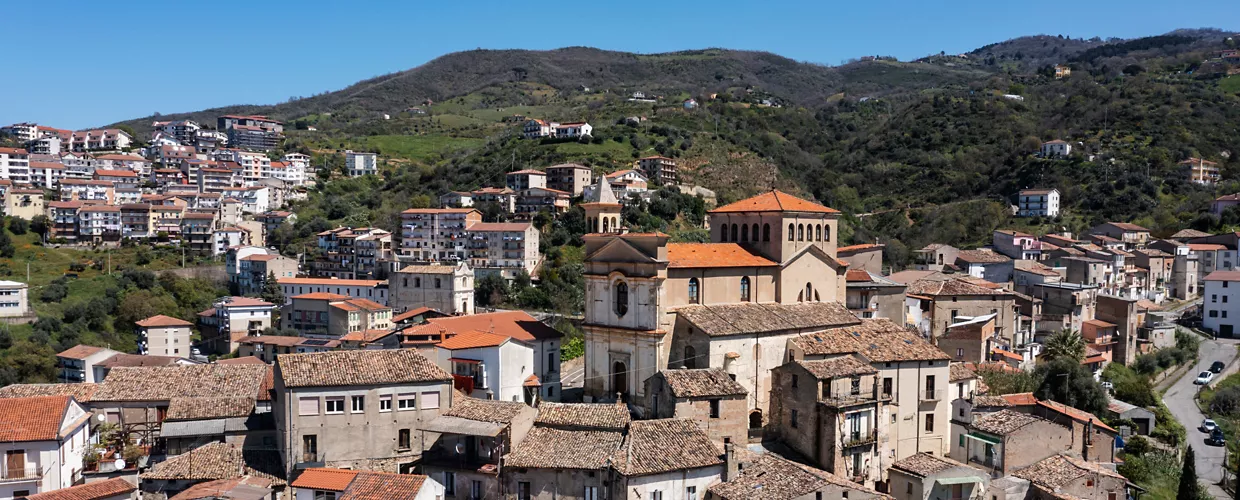This content was automatically translated. View the original text.


Overview
Formerly known as 'Thebes Lucana', the city of Luzzi contains many richly-decorated tombs left by the Romans. On the western slopes of the Sila, the town is dotted with religious buildings such as the Church of St Angelus, which houses a painting St Mary of the Graces from the Leonardo da Vinci school, and the Church of the Nativity of Our Lady with its large dome of Oriental inspiration; the church was entirely rebuilt after being struck by lightning in 2003. But the real attraction is the Abbey of St Mary of Sambucina: founded in 1140, it is the oldest monastery dating from the Norman kingdom.
87040 Luzzi CS, Italia